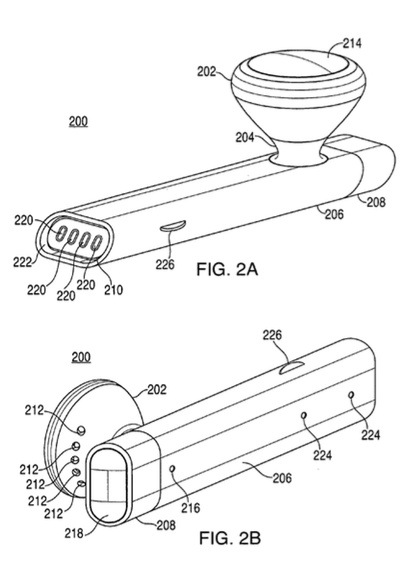Apple patents involve wireless headsets, audio products
Several Apple patents involving audio have appeared at the U.S. Patent & Trademark Office, including one (patent number 8290545) for systems and methods for accelerometer usage in a wireless headset.
Per the patent, an accelerometer can be used to determine the location of a wireless headset. The determined location can be used to control and improve a noise cancellation system. In some embodiments, the determined location can be used in controlling the functions of buttons of the wireless headset. In some embodiments, the accelerometer can further be used to determine when the system is in use. If the system has not been in use for a predetermined amount of time, at least a portion of the wireless headset can be turned off to save power. Jeffrey J. Terlizzi is the inventor.
Patent number 8290537 is for sideteone adjustment based on headset or earphone type. Per the patent portable telephony device has a mobile phone housing. Integrated in the housing are memory to store a telephony module, an earphone type detect module, a headphone port, and a processor. The headphone port may be a wired headset jack to receive a mating wired headset plug, or it may be a communications subsystem that makes a wireless connection with a wireless headset. The earphone type detect module, when executed by the processor, is to determine what type of earphone or headset is connected to the headphone port.
The telephony module when executed by the processor is to adjust a sidetone function of the device as a function of the determined type of earphone, and apply sidetone in accordance with said adjusted sidetone function. Other embodiments are also described and claimed. Michael M. Lee, Justin Gregg and Chad G. Seguin are the inventors.
Patent number 8290179 involves a multi-use acoustic port. Per the patent, two or more acoustic transducers share the same acoustic port in a device. The acoustic properties -- such as acoustic impedance and frequency response--of the shared acoustic port are matched to each of the two or more acoustic transducers. To accomplish acoustic impedance matching, a separate back volume is provided for each of the acoustic transducers, matched to that transducer.
Frequency response matching can be accomplished by the design of the transducer itself, but also by providing an adjacent element in the acoustic system of the transducer. One transducer may serve as an element in the acoustic system of another transducer. Frequency response adjustment of an individual element may also affect acoustic impedance of the entire port-transducer system. The inventors are Gregg, Lee and Sequin.














